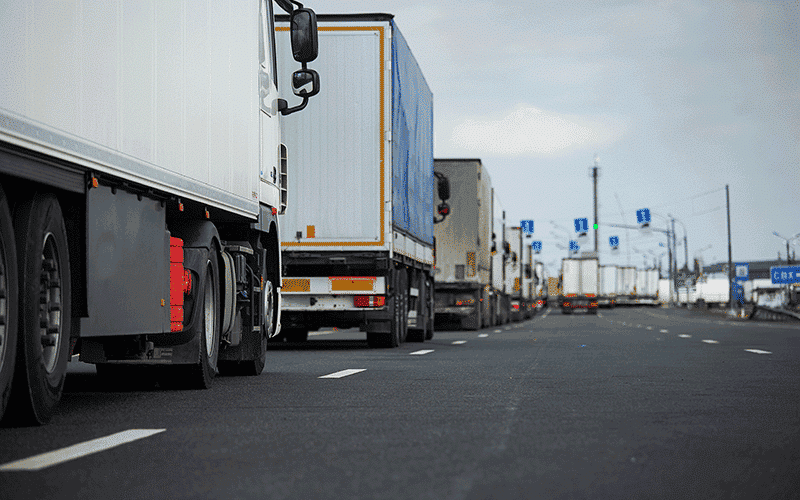Prepare for International Roadcheck May 17-19, 2022

This year’s Commercial Vehicle Safety Alliance (CVSA) International Roadcheck (also known as DOT Inspection Week) will take place next Tuesday – Thursday, May 17-19. Over the course of this 72-hour event, commercial motor vehicles and drivers need to be prepared for inspections throughout the U.S., Canada and Mexico.
What is International Roadcheck?
During this large-scale event, an average of 15 commercial motor vehicles and drivers will undergo North American Standard Inspections every minute at weigh and inspection stations, on roving patrols, and at temporary inspection sites. These inspections check critical vehicle components from brakes, tires and exhaust systems to van and open-trailer bodies, fuel systems and lighting devices. In addition, inspectors will review drivers’ operating credentials, hours-of-service documentation, seat belt usage, as well as check for alcohol and drug impairment.
CSVA Inspection Focus Area: Wheel Ends
This year’s inspection focus will be on wheel end components, which support the heavy loads carried by motor vehicles, maintain stability and control and are critical for breaking. According to the CVSA, “violations involving wheel end components historically account for about one quarter of the vehicle out-of-service violations discovered during International Roadcheck, and past International Roadcheck data routinely identified wheel end components as a top 10 vehicle violation.”
Plan Ahead to Avoid Delays
The goal of the annual roadcheck is to maintain safety for everyone on the road. However, these inspections can significantly impact capacity and service. Drivers may lose hours due to checkpoints, and may be placed out of service for noncompliance. In an already tight market, further delays can seem untenable. With the right preparation measures, shippers and carriers alike can minimize disruption:
- Capture capacity by planning now
- Expect higher spot volumes
- Expedite rate approvals
- Move sensitive freight before May 17
- Adjust appointments and shipments ahead of the impact
- Schedule non-critical shipments after May 19
- Ensure vehicles and drivers are in compliance (find the CSVA’s full overview of wheel end inspections here)
Ensuring Preparedness on Roadcheck Day — and Every Day
Particularly when market conditions are volatile, a combination of planning, transparency and agility are critical for shippers to ensure minimal delays no matter what challenges arise. While the International Roadcheck might create disruptions, it’s an event shippers and carriers alike can anticipate and therefore minimize its impact. In many cases, shipping and logistics hurdles are unforeseen.
At Transplace, we work with our partners to drive logistics performance excellence through our technology, domain expertise and network scale whether the environment is predictable or unpredictable, favorable or unfavorable. We have connections with a diverse carrier base of air freighters, trucking companies, rail freighters and ocean liners. And with over $15 billion in freight under management, our network reach in North America is unmatched. Our carrier network and shipper insights enable flexibility and nimble decision-making to consistently improve supply chain performance.



